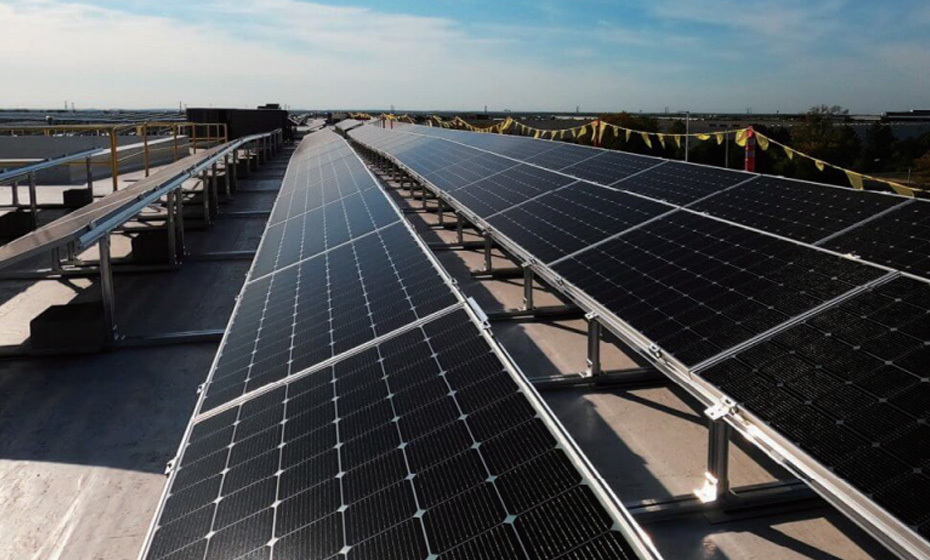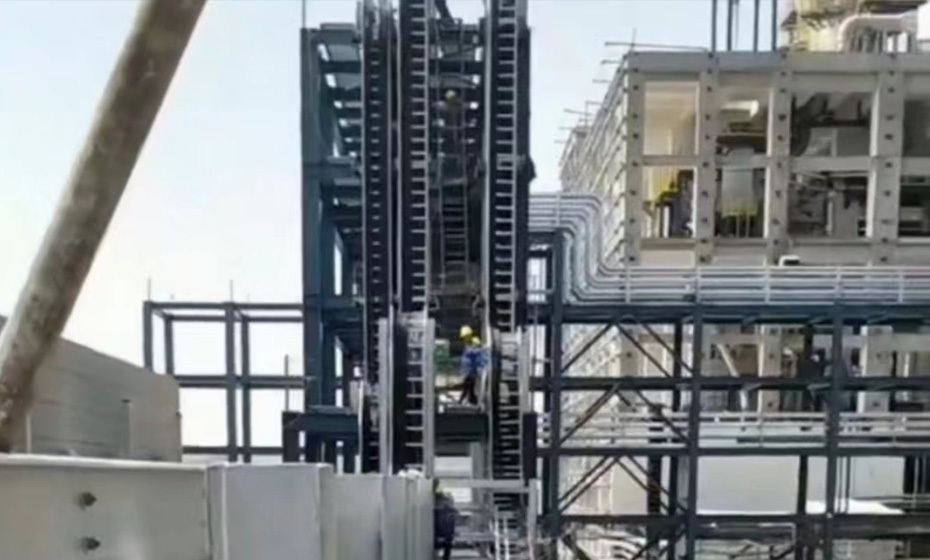Discussion on the Difference between National Standard Cable and Non-standard Cable
Time:
2023-09-13
In the choice of cable to choose according to their own site use of the cable, do not covet cheap.
I think that the cable is cheap and can be guaranteed to be a national standard. Nine times out of ten, it is a side ball. Fool unprofessional users who do not understand the industry. In order to enable the majority of users to more clearly understand the quality standards of cables and wires and self-judgment of the difference between national standards and non-standard. Below we combine the actual situation that engineering users and cable industry often encounter, let everyone do a simple understanding.
Cable wire generally in engineering users and construction projects in the use of the main three kinds of cable appear:
1, national standard cable: according to the relevant national cable standard technology produced by the cable referred to as the international line.
2, line standard cable: according to industry standards, there are mainly less jerry-build, but does not affect the use of large performance.
3, non-standard cable: to meet the needs of the city should be pregnant and born products. Nowadays, the application of wire and cable is more and more extensive, and there are more and more types of wire and cable sold on the market.
So, how to distinguish between the "national standard" and "non-standard" of wire and cable?
It is suggested that you have a look, two tests, three weighings, four price ratios, five copper, six quality tests and six moves.
A look: it depends on whether the wire and cable products have quality system certification, whether the certificate is standardized, whether the factory name, address, inspection seal, production date, and whether the wire is printed with trademarks, specifications, voltage, etc. It also depends on the cross section of the copper core of the wire. The superior copper is bright and soft in color, otherwise it is defective.
Second test: It is advisable to bend a wire head repeatedly by hand. Any product with soft hand feeling, good fatigue resistance, large elasticity of plastic or rubber hand feeling and no cracks on the wire insulator is an excellent product.
Three weight: good quality wire and cable, generally every 100m weight is within the specified weight range. For example, the commonly used plastic insulated single-strand copper core wire with a cross-sectional area of 1.5mm2 weighs 1.8-1.9kg per 100m; 2.5mm2 plastic insulated single-strand copper core wire weighs 3-3.1kg per 100m; 4.0mm2 plastic insulated single-strand copper core wire weighs 4.4-4.6kg per 100m, etc. Poor quality wires have insufficient weight, either insufficient length, or excessive copper core impurities. If it is a cable, especially a large-size cable, the soil method of weighing can reflect whether the copper content of the cable is up to standard and whether the conductor section is up to standard.
The simple method, generally have stolen copper to do small cross-section of the cable, if the copper content of the cable after weighing can not reach the national provisions of the allowable error of the weight range, the basic can be identified as non-standard.
Four than the price: due to the low production cost of fake and shoddy wires, vendors often sell them at low prices under the guise of cheap and good quality, which makes people fall for it. Therefore, when buying, be careful, don't be fooled by the "good quality and low price" advertised by the merchants. Five look at copper. Qualified copper core wire copper core should be purple, shiny, soft.
Five look at the copper material: the copper core of fake copper core wire is purple black, yellow or white, with many impurities, poor mechanical strength and poor toughness. It will break with a little force, and the wire is often broken. During the inspection, you only need to peel off one end of the wire for a while, and then rub it slightly on the copper core with a piece of white paper. If there is a black substance on the white paper, it means that there are more impurities in the copper core, which can be regarded as "non-standard" wire and cable.
Six quality inspection: in the case of cable quality differences, can be sent to the third party testing institutions for testing. Based on the authority of the test report is qualified.
Key words:
Technology
Yuaneng Hechuang





